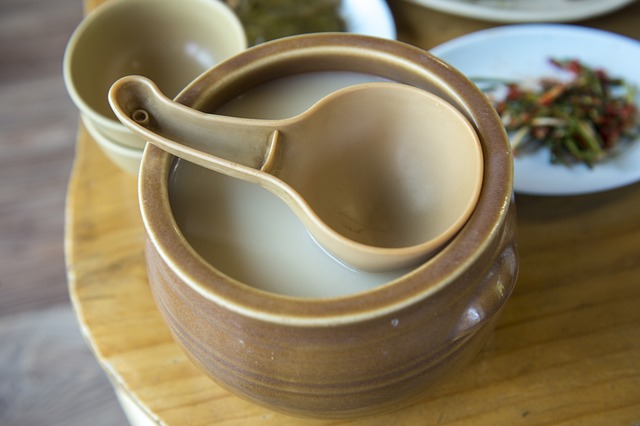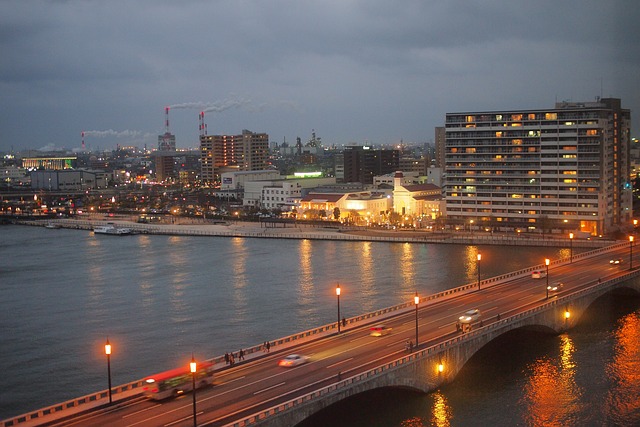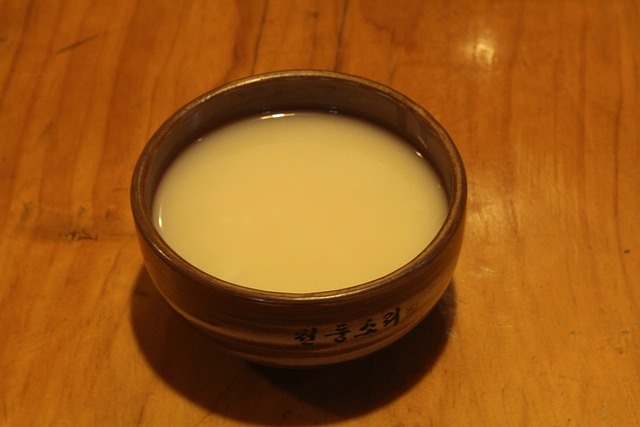Sake has become popular in the United States and Europe, so nowadays you can find bottles of sake from Japan in most retail stores. Although the range is limited to the main commercial makers
In Japan, drinking sake at home is declining in popularity. Japanese consumers now prefer beer, wine and cocktails, and the country’s brewers are producing less than a fourth of their peak annual sake output of 1.7 million kilolitres (about 450 million gallons) in the early 1970s, but now traditional brewers are optimistic about sake’s future.
As tastes are changing in overseas countries and consumers are becoming bored of the limited range of sake, they are becoming more interested in Craft brands that are sustainable, source locally and make traditional sake.
A good range of Artisan sake makers can be found through sake exporters such as Sakeportal who specialize in seeking out traditional breweries who stand by the labour intensive sake making process to produce a purer, tastier sake.
Sake brewers are also promoting their lesser-known types of “sake” such as Amazake and Doburoku. Here we will look at Doburoku
History of Doburoku
Doburoku (a type of sake) was popular in the past, but it nearly died out because the government made it illegal to make it at home. Then, in 1899, the government made it illegal to drink doburoku because it was thought that it would hurt the sake industry. But many families still brewed doburoku in secret, and it was a way for people to connect with each other.
Takuo Nakagawa, the head brewer of Doburoku Taku in Niigata prefecture, remembers how people in the farming village where he grew up would make doburoku and share it with each other. This way, the community was united, and the people didn’t have to worry about the government raiding them for doing home brewing. Doburoku was only allowed to be served at Shintō shrines, because the government thought that it would be an offering to the gods.
Today, there are only a few breweries that make doburoku, and most of them are farmers who also run small inns and restaurants. About two dozen of Japan’s 1,500-plus sake breweries have started making doburoku, but now there are a few start-ups led by young brewers who are experimenting with doburoku’s potential.
34-year-old Shuhei Okazumi started Ine to Agave brewery in Akita prefecture last November, and for now, his license is only good for making doburoku and a type of clear sake- with additives like agave, barley or hops- that’s not considered nihonshu.
Okazumi is meticulous about his ingredients, growing or buying only organic rice, and passionate about paying farmers at prices several times higher than the market. His brewing methods are just as rigorous as the country’s most renowned sake labels: he makes his own rice koji and yeast starter, and uses traditional, labour intensive techniques (such as naturally cultivating lactic acid bacteria) that take great skill and much time but results in deeper, more complex flavours. To remove the stigma of the drink as little more than a farmer’s brew, in June Okazumi formed a coalition with five other doburoku start-ups.
Another example of these new brewers is Nakagawa san, a farmer who now grows rice on 350 acres of terraced fields, was one of the first people to sign up for a doburoku-brewing license that the Japanese government created in 2002 as part of sweeping reforms.
For Nakagawa and Okazumi, they want to teach and recruit more young brewers, and they hope to build a movement that extends to every part of the country. They believe that doburoku can become a trend again and they want to change the public’s perception.

Doburoku taste profile
Doburoku is known for its expression of soil and culture. This means that the sake is brewed with fresh ingredients and was not pasteurized. You can only get it from a certain places and it is only available at the end of the year when the first part of the brewing process finishes.
Doburoku has no specific characteristics and is a type of sake that changes its flavour constantly, so it’s impossible to create a matrix that compares tasting notes or recommends food pairings. Some versions are as sweet as rice pudding, while others are sour and reminiscent of yogurt.
Doburoku can be lumpy, gritty, or muddy, or it can be smooth, however if you think of alcoholic cream soda, you will come close to the taste of Doburoku.
 Previous ArticleNext Article
Previous ArticleNext Article
- Categories:
- Share :
 Previous ArticleNext Article
Previous ArticleNext Article
